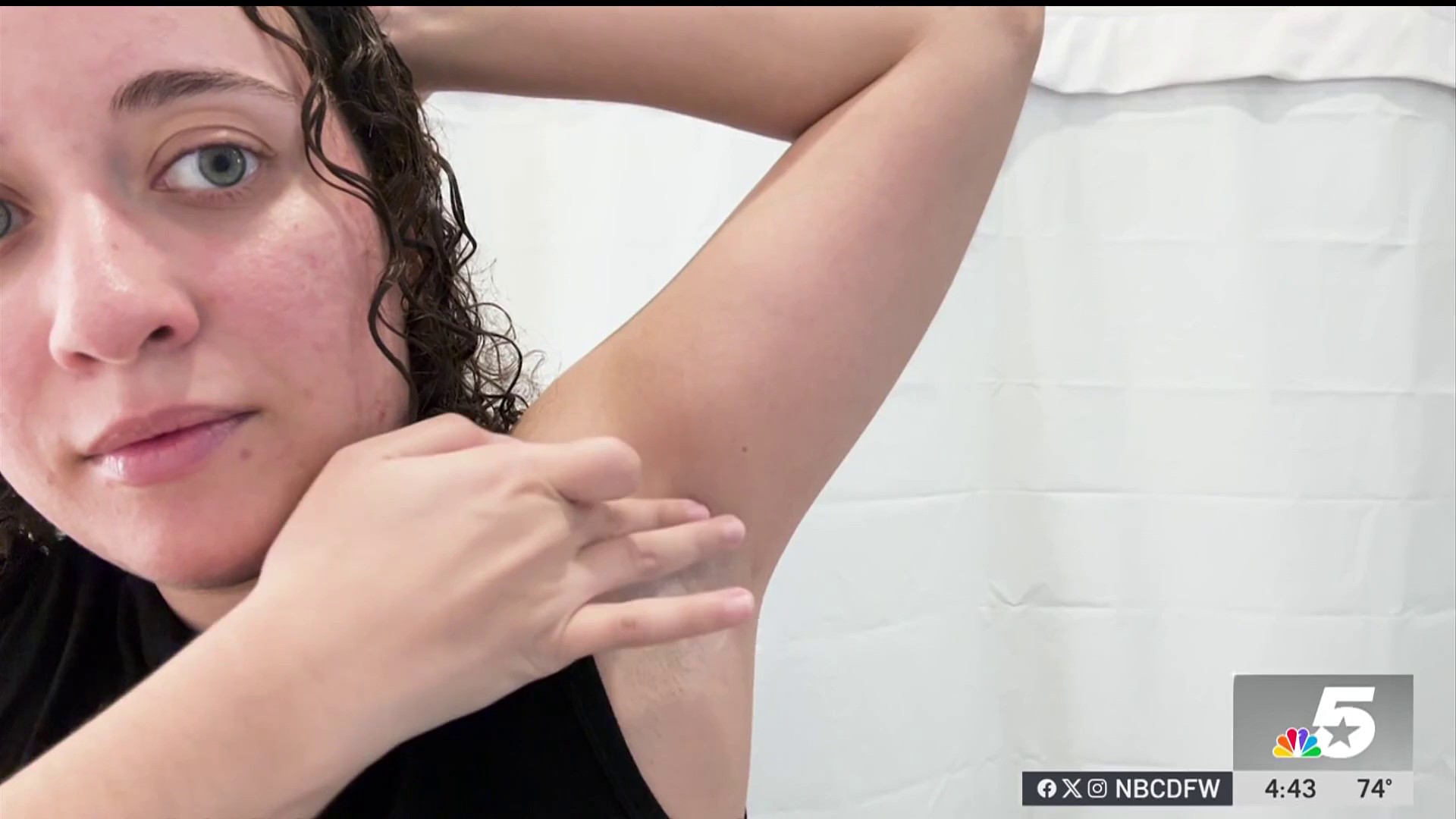It still happens far too often: Each year thousands of children are injured after pulling a dresser, bookshelf, or television down on themselves. And sadly, some of them die from their injuries.
One way to help prevent this is a simple, inexpensive furniture anchor kit. Consumer Reports just finished testing some of them: You can prevent a tragedy for a few dollars and a few minutes of work.
After new safety standards went into effect thanks to legislation championed by Consumer Reports, dressers are now designed to better resist dangerous tip-overs. However, Consumer Reports reminds parents and caregivers of the need to continue anchoring furniture such as bookcases, dressers, and TVs.
Consumer Reports recently tested nine anchor kits available online or in stores to find which ones offer the best protection against tip-overs and found there’s a wide range in how easy they are to install and how much weight they can hold.
Get top local stories in DFW delivered to you every morning. Sign up for NBC DFW's News Headlines newsletter.
Consumer Reports tested every kit on each type of wall material it claimed to work with—including hollow drywall and drywall screwed into wood and metal studs. Testers used a special machine to see how much force each kit could handle before breaking or detaching from the wall.
These tests reinforce what Consumer Reports’ advice has always been, which is to anchor into a stud, not hollow drywall. Consumer Reports says a lot also depends on the type of wall and stud material. So, getting the right kind of kit for your walls is essential.
The one made of metal from Simple Mount Furniture Anti-Tip Kit sold at Home Depot did best in Consumer Reports' test with wooden studs behind drywall. It averaged 347 pounds of force per anchor.
Consumer Reports
The latest news from Consumer Reports magazine.
If you have metal studs, the kit from QuakeHOLD! Furniture Securing Straps sold at Ace Hardware, Home Depot, and Lowe’s did best in Consumer Reports' tests. It’s made of thick nylon straps and resisted 230 pounds of force per anchor.
You should always anchor your furniture in at least two places. And, if you can, double-loop your tether because that will double the strength of your anchor overall. These preventive steps can help avoid tragedy and give parents peace of mind.
Consumer Reports recommends calling a professional to anchor into trickier surfaces like exposed brick or cement walls.
For step-by-step directions on how to anchor furniture, check out the video below:



